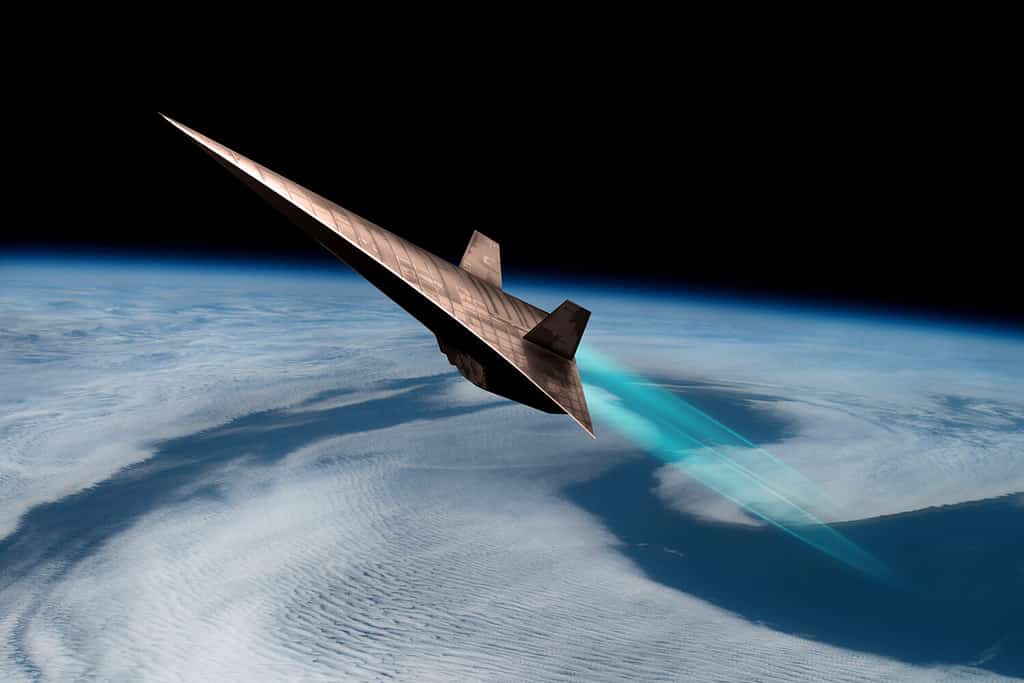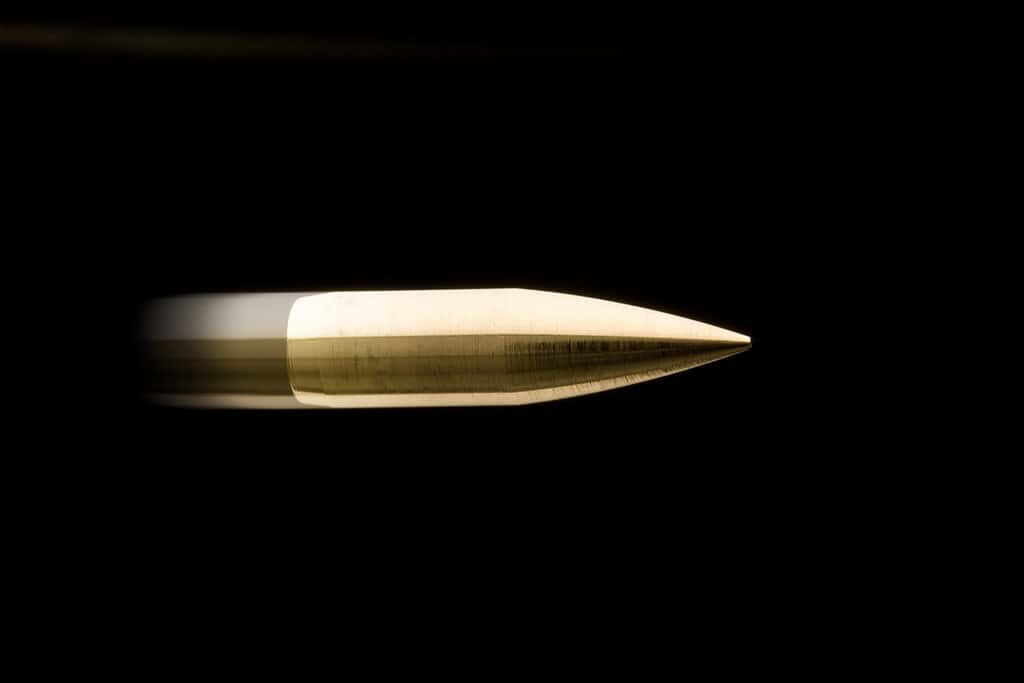We’ve all seen the movies. An airplane flies through the air while a scratchy radio clicks on, “Approaching Mach speed.” For most people, Mach speed is a cool idea. However, it may lack comparison in the real world. Today, we will look at this supersonic speed to understand it and its multiples, specifically Mach 4. Let’s discover: How fast is Mach 4?
How Fast is Mach 4?

In normal conditions, Mach 4 is a little over 3,000 mph and four times the speed of sound.
©Marc Ward/Shutterstock.com
Mach 4 is 3,069 mph, 4,501 feet per second, or 1,372 meters per second. Altogether, Mach 4 is four times the speed of sound.
In order to understand how fast Mach 4 is, it’s important to understand what Mach speed is and you measure it. Mach is a term for describing an object’s speed relative to sound speed. That said, the speed of sound isn’t always the same. Sound is just a wave that travels through a medium (most of the time for humans, that medium is the air), but in other situations, the speed of sound can vary depending on what that medium is. Water, for example, causes the waves to travel differently (which is why things sound so different underwater). Another variable for the speed of sound is density. The density of air has a lot to do with the speed of sound. Higher air density means a faster speed of sound (because the molecules can push together easier).
Since there is some variability, Mach 1 is usually referenced as 767 mph, which means that Mach 4 is four times that, or 3,068 mph. To get this standard, the variables are:
- The speed of sound at sea level
- On a “standard day,” meaning no adverse weather events or conditions at 68°F
Why is it Named Mach?
A “Mach” number is a way to reference an object’s speed in a medium relative to the speed of sound in that medium. This ultimately means that the Mach number will change depending on the medium through which the sound is being transmitted. A Swiss scientist named Jakob Ackeret created this reference idea in 1929. Ackeret figured that it would probably be useful to have a way to compare the speed of something to the sound of something in the same medium, so he came up with the Mach number. His idea was to create a number that tells you how fast something is in relation to the speed of sound that can fluctuate across mediums easily.
After developing this idea further, Ackeret decided to name his new reference number after an Austrian scientist named Ernst Mach. Mach was a pioneer in fluid dynamics and studied the way things moved, namely bullets and rockets, and how they created noises that were so loud. To honor Ernst Mach, Ackeret named the Mach number after him!
How is Mach Used?

The Mach number is part of studies of things like rockets, air, pressure, bullets, and more.
©iStock.com/:fredmantel
The Mach number is used in science and physics, but it’s also used as a reference point for regular people. In science, it’s primarily used to analyze how fluids behave when at extremely high speeds, when their density changes, and their temperatures, especially as mediums change. As a reference point, the Mach number in water is around 5x faster than in the air, and its fluid pressures also change.
Today, these reference points are most commonly used to study things like rockets, airplanes, and other similar machines. When the speed of something increases, the pressure against the medium changes and creates resistance. Knowing the Mach speed at certain reference points is helpful in calculating ideal or efficient modes of travel and more. Fluid dynamics is an area of study that heavily relies on the use of the Mach number.
Comparable Speeds of things to Mach 4

Here are a few references for objects and their speed, but in terms of Mach speed.
©Payless Images/Shutterstock.com
It’s pretty hard to conceptualize how fast Mach 4 is. Here are a few reference points for things that may illustrate “Mach terms”:
- A typical commercial airliner flies at a cruising speed of about 559 miles per hour, which is about Mach 0.73. Mach 4 is more than five times faster than an airliner.
- An Olympic sprinter can run at a speed of around 33 feet per second or 22 miles per hour, which is about Mach 0.03. This means that Mach 4 is more than 137 times faster than a sprinter.
- A bullet fired from a high-velocity rifle can travel at a speed of about 3,900 feet per second or 2,659 miles per hour. This is around Mach 3.5, meaning the highest-speed bullets aren’t even as fast as Mach 4!
Thank you for reading! Have some feedback for us? Contact the AZ Animals editorial team.








